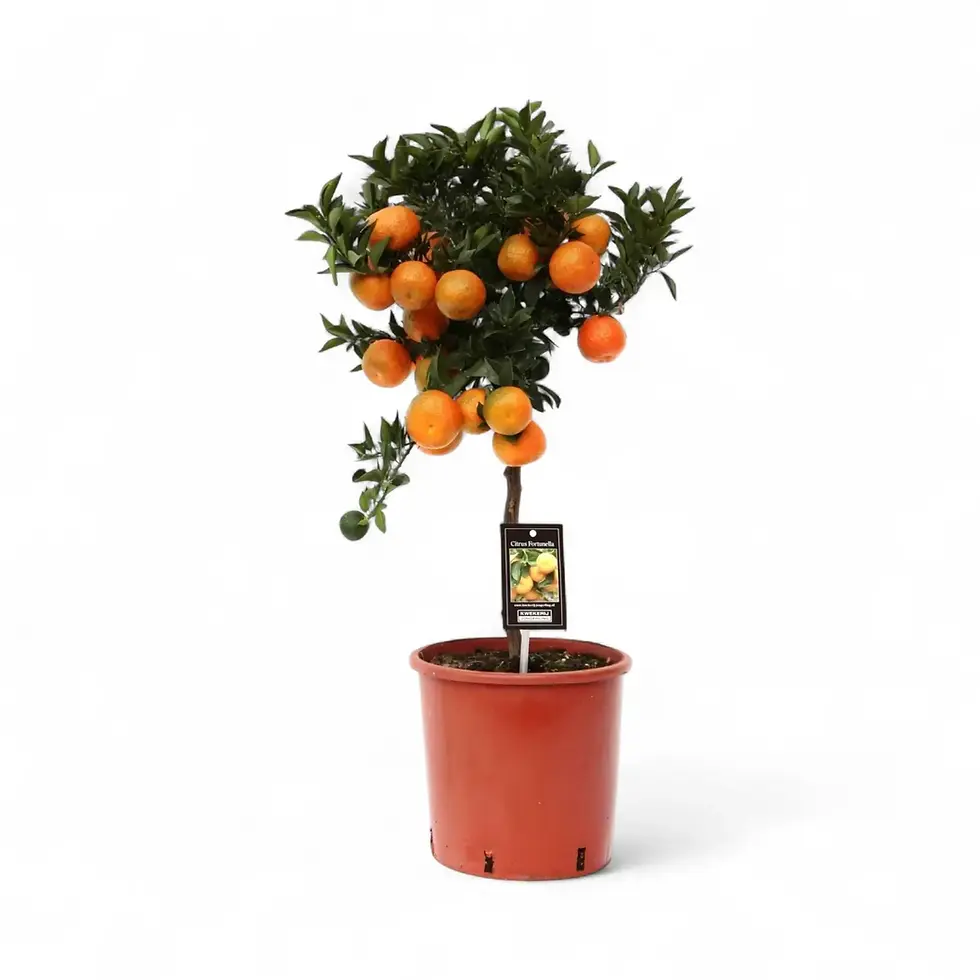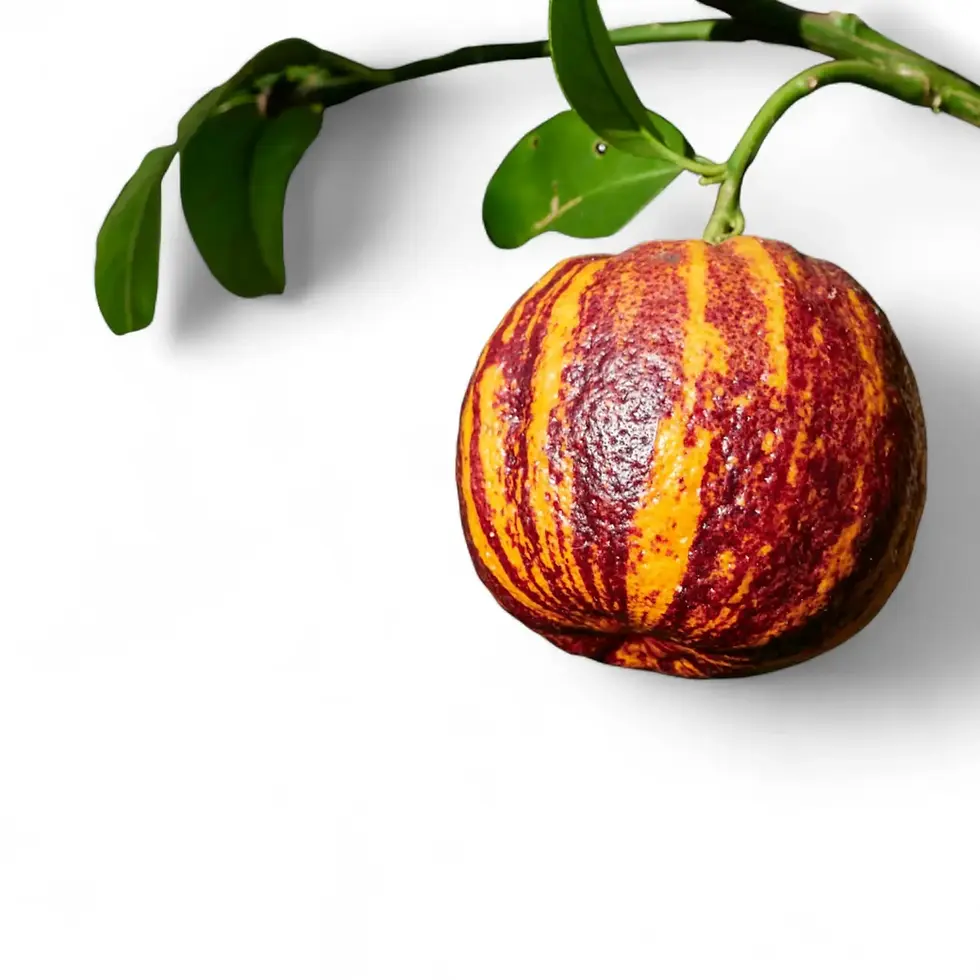Ceropegia woodii – Elegant Vines with Minimal Effort
Ceropegia woodii, better known as String of Hearts, is a semi-succulent trailing vine native to rocky cliffs and dry slopes in South Africa, Eswatini, and Zimbabwe. With its slender vines, heart-shaped marbled leaves, and occasional lantern-like flowers, it brings effortless structure to any hanging pot or shelf. This species thrives with minimal care and adapts well to bright indoor environments.
● Key Characteristics of Ceropegia woodii
- Growth Form: Fast-growing trailing habit; stems reach up to 2 m long when mature.
- Foliage Morphology: Opposite, heart-shaped leaves with silver variegation and purple undersides; leaf pairs spaced along wiry stems.
- Root and Tuber System: Aerial tubers develop along stems; roots are fine and shallow, adapted to dry mineral soils.
- Flowers: Small, tubular, pink to purple flowers with a swollen base and cage-like tips; appear in warm, bright conditions.
- Light Needs: Best in bright, indirect light; tolerates morning sun but not prolonged exposure.
- Non-Toxic: Safe for households with pets or children.
● Natural Habitat and Botanical Context
Ceropegia woodii naturally grows in shaded rock crevices and steep terrain where water drains rapidly. It is adapted to dry periods through its water-storing leaves and tubers. Described by W. Botting Hemsley in 1882 from KwaZulu-Natal, it belongs to the Apocynaceae family (subfamily Asclepiadoideae).
- Native Range: South Africa, Eswatini, Zimbabwe
- Altitude Range: Up to 1,800 m
- Adaptations: Drought-tolerant, semi-succulent, aerial tuber production for survival and propagation
● Ceropegia woodii – Indoor Care Guide
- Watering: Only water when soil is completely dry. Overwatering causes tuber rot.
- Soil: Use cactus mix or a fast-draining blend with perlite or sand. Ensure drainage holes.
- Temperature: Best at 16 – 24 °C. Protect from temperatures below 10 °C.
- Humidity: Average indoor levels (40 – 50%) are sufficient. Avoid misting.
- Fertilizer: Feed monthly in spring/summer with diluted liquid fertilizer.
- Repotting: Every 2 – 3 years or when tubers fill the container.
● Propagation Techniques
- Cuttings: Root stem cuttings in water or soil. Very fast rooting.
- Tubers: Detach and pot aerial tubers once roots form.
- Soil Layering: Pin stem into moist soil to root while still attached to the mother plant.
● Common Problems and Solutions
- Yellowing Leaves: Caused by overwatering or lack of drainage. Let soil dry fully before next watering.
- Leggy Growth: Usually due to low light. Move to a brighter spot.
- Rotting Tubers: Caused by wet substrate. Use airy mix and space watering intervals.
- Mealybugs or Spider Mites: Remove pests with insecticidal soap or beneficial insects.
● Etymology and Taxonomic Notes
- Genus: “Ceropegia” from Greek “keros” (wax) and “pegē” (fountain), referencing the shape of the fused corolla lobes.
- Species Epithet: Named after British botanist John Medley Wood who collected the type specimen in 1881.
- Family: Apocynaceae (subfamily Asclepiadoideae)
● Frequently Asked Questions (Ceropegia woodii)
- Q: How often should I water? A: Only when soil is bone dry. It prefers drought over damp soil.
- Q: Will it flower indoors? A: Yes, in warm and bright indoor settings.
- Q: Is it suitable for hydroponics? A: Yes, it adapts well to semi-hydro using LECA, provided it dries between watering cycles.
- Q: Can I trim it? A: Yes, trimming encourages fuller growth. Propagate cuttings easily.
● Bring Ceropegia woodii Into Your Home
String of Hearts is the perfect blend of simplicity and style. Its elegant vines, patterned foliage, and fuss-free care make it a must-have for indoor jungles. Order yours now and let it trail with charm!
Ceropegia woodii
Ceropegia woodii plants come in following sizes:
Baby Plant – is approx 10 cm long come in a ø 6 cm pot.
S – is approx 20 cm long come in a ø 10 cm pot.
M – is approx 40 cm long come in a ø 12 cm pot.
































